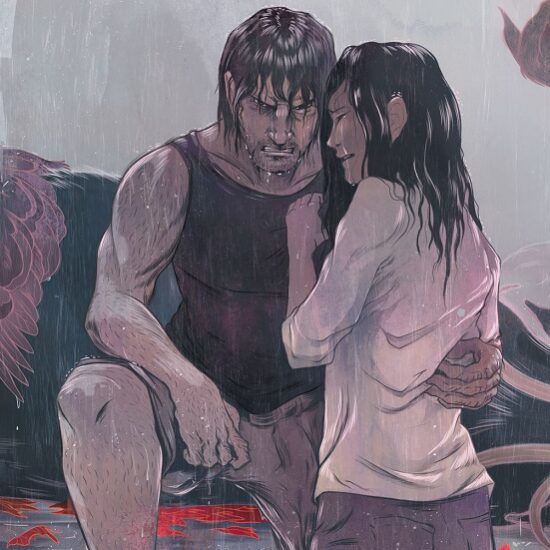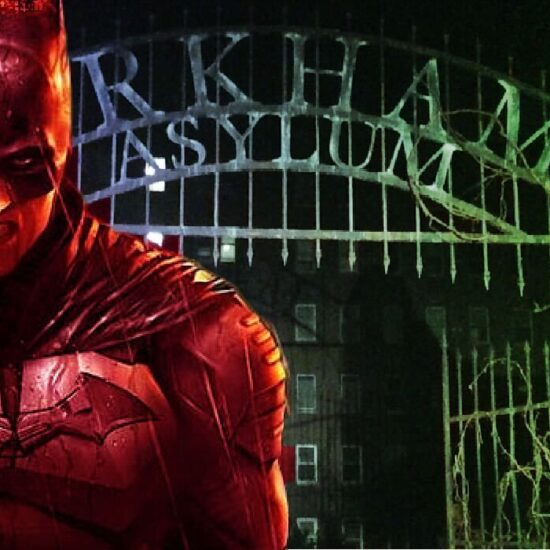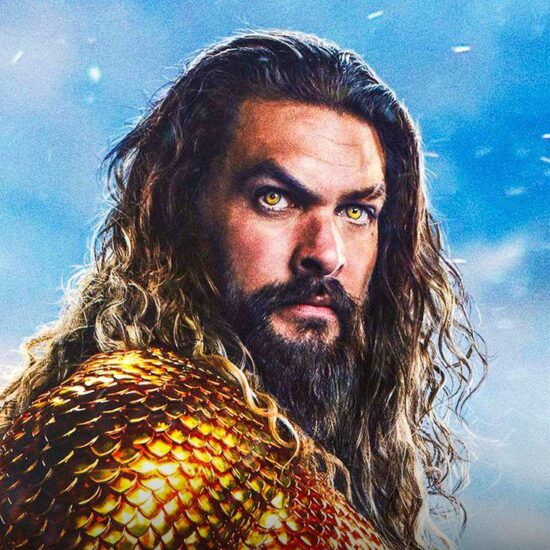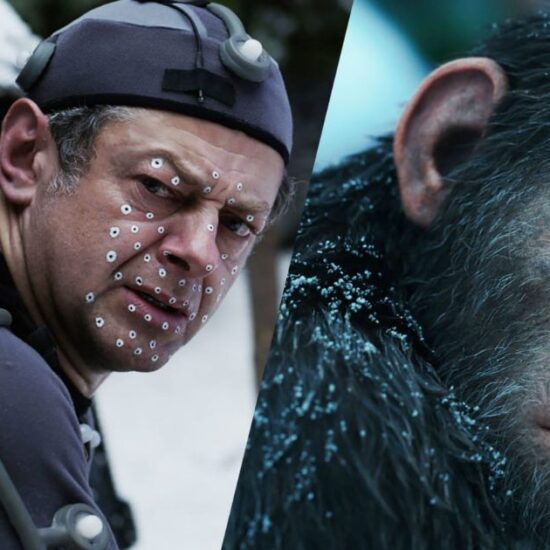
Blue Beetle came in at a record-low weekend box office opening for DC, despite wonderful critic and user reviews. And it just cemented something we’ve all known for a long time. As far as films are concerned, to the general audience, the DC cinematic brand is broken. Yes, Marvel can get comic C-list titles like Ant-Man and Guardians of the Galaxy and turn them into box office gold. But Warner Brothers has struggled for a decade to make anything click that’s not Batman, or Batman-related like Joker. Sure, Wonder Woman and Aquaman made a lot of money, but those are the exceptions and not the rule.
The DC Movie Stigma Is a Hard One to Overcome
We can get into the why of it all, but the “why” is a matter of opinion. Some folks believe the initial Synder tone of Man of Steel, BvS, and Justice League was too much of a turn-off to many in the general audience. Certainly, a vocal bunch of folks think turning away from Snyder was the problem. Whatever you think it is, the box office numbers don’t lie. The audience is just not here for the DCEU as we know it in large numbers. As for as this iteration of a cinematic DC universe goes, it was long past time to put a fork in it. DCEU, R.I.P., 2013-2023.
So what do DC Studios co-heads James Gunn and Peter Safran do? They’ve already laid out their initial slate of films and streaming series. They’ve titled DCU Chapter 1 as “Gods and Monsters.” Some say their announcement of the new DCU killed any enthusiasm for whatever DC films were left after the fact. While they might already have their approach in mind, at this critical moment, when the DC brand in movies has the stink of failed promise and struggles to lure in moviegoers, it’s time to look towards the past. Because DC has been in this exact place before. DC Comics, that is.
In the Early ’80s, DC Comics’ Biggest Challenge Was Marvel

From the ‘40s all the way through to the ‘60s, DC Comics was the brand to beat in terms of comic book sales. Nothing could touch them. Then, in the ‘60s, upstart publisher Marvel Comics changed the game, and by the end of that decade, DC seemed like your grandpa’s comics. Marvel continued to grow and grow in popularity. By the late ‘70s and early ‘80s, Marvel left DC in the dust, sales-wise. By 1984, Marvel titles like Hercules and Dazzler and even ROM were easily outselling DC’s pop culture icons like Superman, Batman, Wonder Woman, and the Justice League. Only DC’s New Teen Titans, and to a lesser extent, Legion of Super-Heroes, sold in numbers comparable to Marvel. And in many ways, they were the most Marvel-esque books, focusing on the interpersonal melodrama of attractive young heroes.
DC Comics Rebooted Their Entire Universe with Crisis on Infinite Earths

So DC Comics did what they had to do, and took drastic measures. They blew it all up. With Crisis on Infinite Earths, they destroyed their previous multiverse, and five decades of continuity, and started fresh with their biggest icons in a newly rebooted world. In 1986, Superman got a massive reimagining, jettisoning years of clutter around the Superman mythos, under the guidance of former X-Men creator John Byrne. Wonder Woman received an even bigger transformation, under the guidance of writer/artist George Perez. The stalwart Justice League of America became the action-sitcom Justice League International. And Flash became the first true legacy hero series, about a young ex-sidekick taking on a huge heroic legacy.

And then, of course, there was Batman. Frank Miller reinvigorated the Dark Knight’s mythos and brought him back to his 1939 roots with Batman: Year One. From there, it was off to the races. The fog that surrounded Bruce Wayne’s reputation ever since the Batman ’66 series suddenly lifted, and he was a big player again. And we’d be remiss if we didn’t mention DC taking a gamble on old forgotten titles like Animal Man and Sandman, titles that changed how the mainstream perceived comics. All of these things happened within a span of just a couple of years. But DC’s gambit worked. Their newly rebooted universe didn’t dethrone Marvel, but gone were the days of DC doing time at the bottom of the top 100. DC was finally a contender again.
The Rebooted DC Universe Led to a Sales Renaissance
According to the comic book sales history website Comichron, the difference between where DC Comics were selling pre-Crisis and post-Crisis is significant. Superman, which in 1984 was in the #76 and #80 positions in the Top 100, was the #1 monthly comic from June-October of 1986, and sold well in the years after that. Justice League, which was in the bottom 50 in 1984, was a consistently top 10/top 20 series by 1987. Flash and Wonder Woman were also selling in numbers they hadn’t in decades. And Batman? Well, by early 1989, Batman was neck-and-neck with Marvel’s X-Men. All of these things would have been unheard of just a few years before.

James Gunn needs to look at this era, especially for inspiration. Although DC rebooted its universe, giving tweaked updates to the hero’s origins, it was a universe with some history behind it. And a history that was more or less familiar. Superman, Batman and the Justice League had been around, we just learned that their histories became altered. Only Wonder Woman was presented as a fresh new heroine on the scene. A version of the DC history as we’d known it played out. However, DC writers were allowed to pick and choose what aspects to use. Sometimes this created big continuity messes. But mostly, it worked and truly gave these long-running characters a new lease on life.
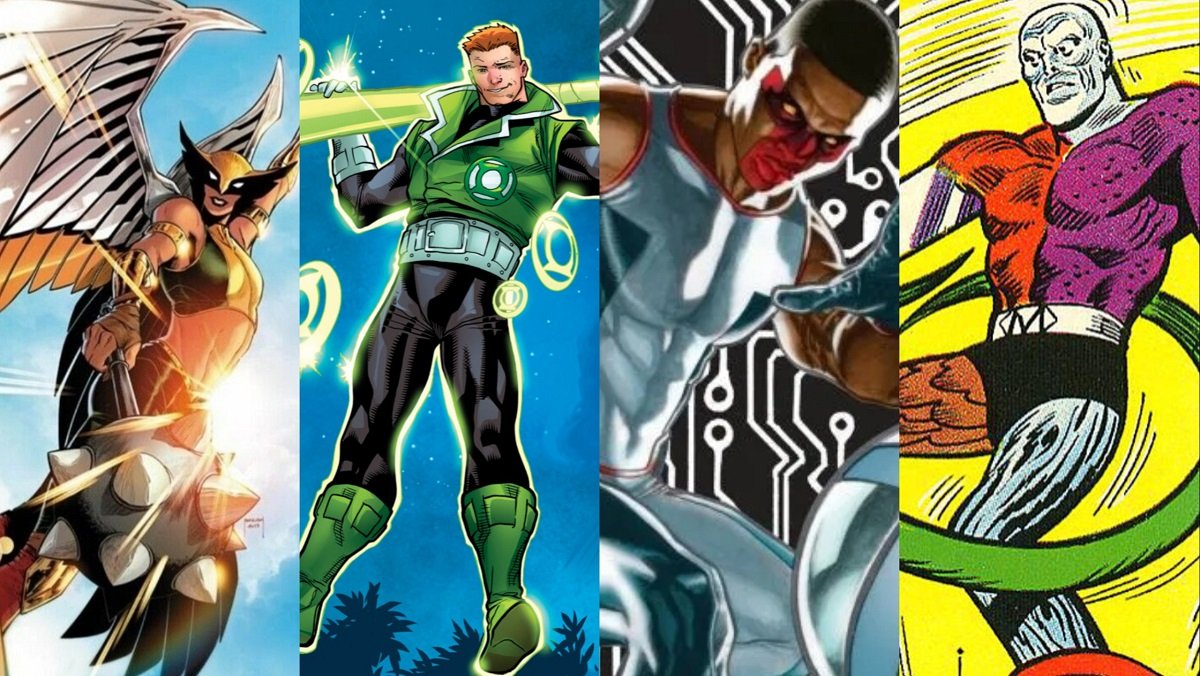
It seems that already Gunn might be taking this approach. He’s said that his Superman: Legacy won’t be an origin story. And clearly, with the addition of many well-known DC heroes to that film, this will be a universe with history behind it. An older Dark Knight in Batman: The Brave and the Bold suggests the same thing. But while retaining a sense of history is important, much like DC Comics did, Gunn and Safran can’t be afraid to go nuts. Post-Crisis Superman changed many aspects of Kal-El’s lore for a new generation. Things like how Krypton was presented, and Lex Luthor’s role in his life. DC wasn’t afraid to jettison key parts of Wonder Woman’s mythos, either. Gone were things like her secret identity or her invisible plane, in order to update the concept. DC Comics was not afraid to take big swings. And DC Studios shouldn’t either.
Always Look to the Comics
We should note, that while DC Comics really re-jiggered their biggest icons, the successful series that pre-dated the reboot did continue intact. So, a big seller like New Teen Titans could go on as is, and it mostly worked. Gunn also seems to use this approach with Peacemaker, which existed, albeit tangentially at best, in the old DCEU. With something as successful, and as off to the side from DC’s “Big Guns” as Peacemaker and Blue Beetle, there’s no reason not to include them. The signal to the general audience that this will be a “new universe” will be in recasting their biggest most iconic characters. Not removing ones like Peacemaker or Blue Beetle.
Without a doubt, Gunn and Safran have their work cut out for them. The DC brand on film lies shattered on the movie theater floor. And they’re going to have to do a lot of work behind the scenes in front of the public to convince people that this new DCU is something different. But as history proves, DC Comics did it all before. DC Comics turned it all around, so here’s hoping DC Studios pulls the same trick. Really, in the end, the comics should be the source of inspiration for every live-action superhero movie property. No matter which studio it’s coming from.










